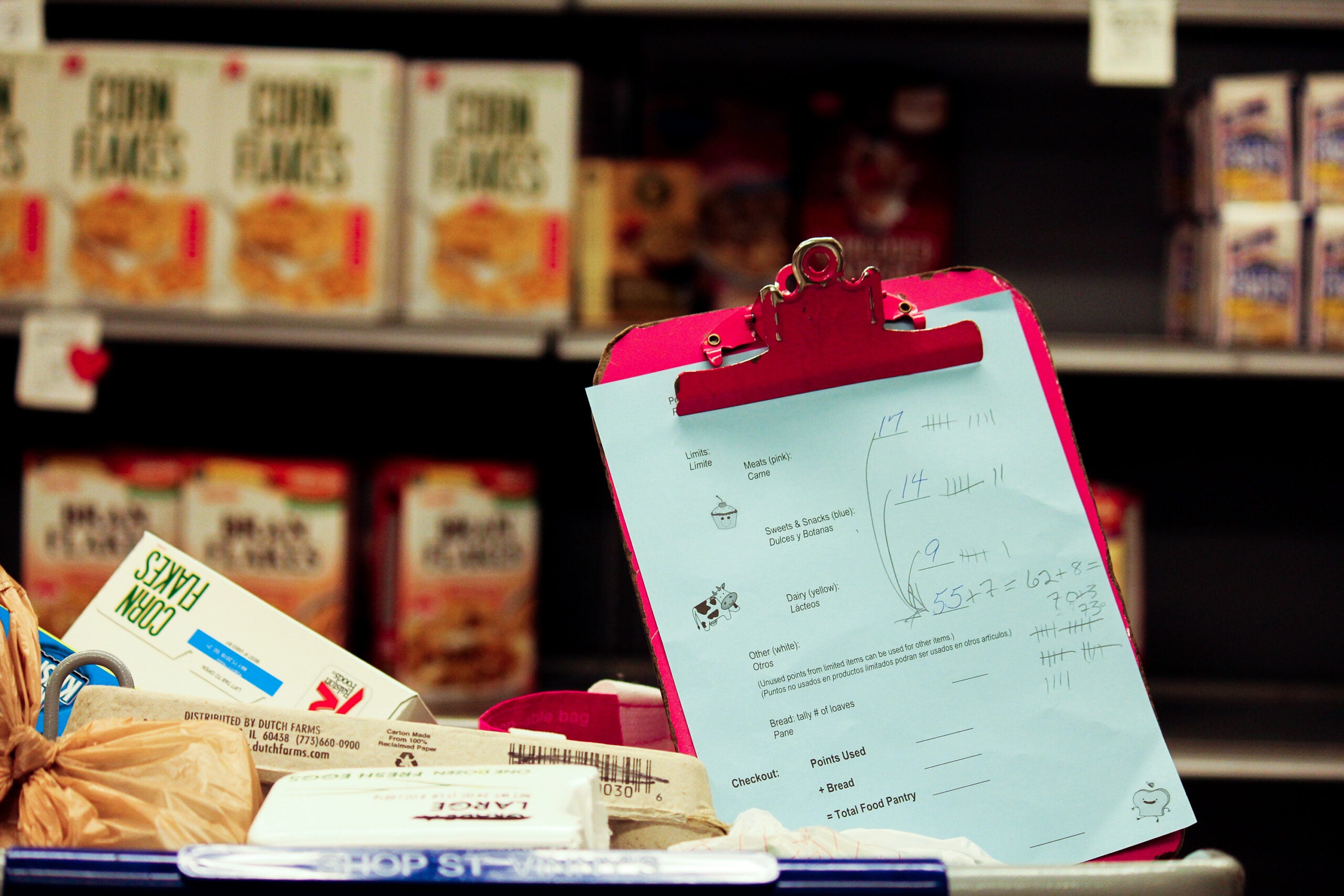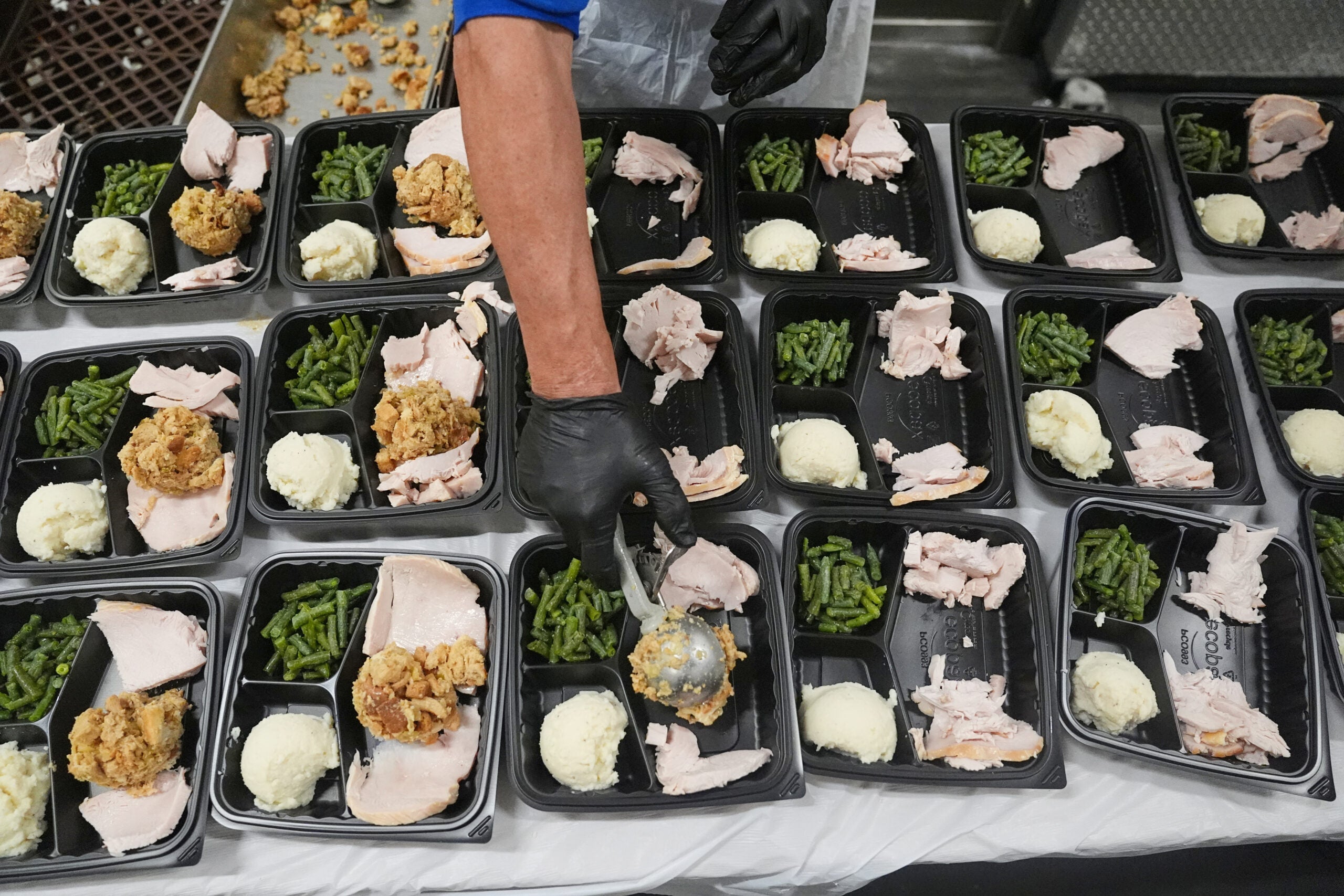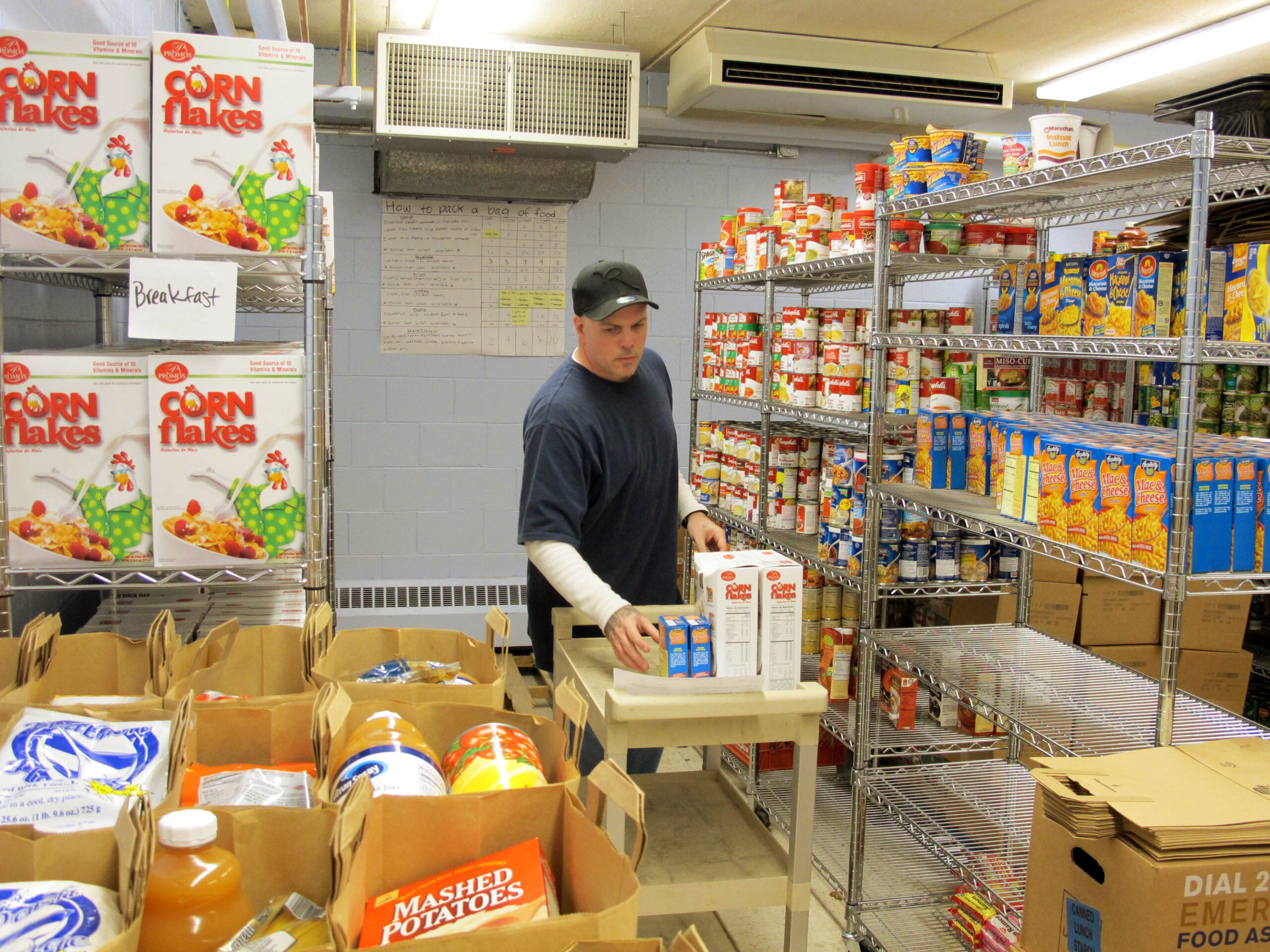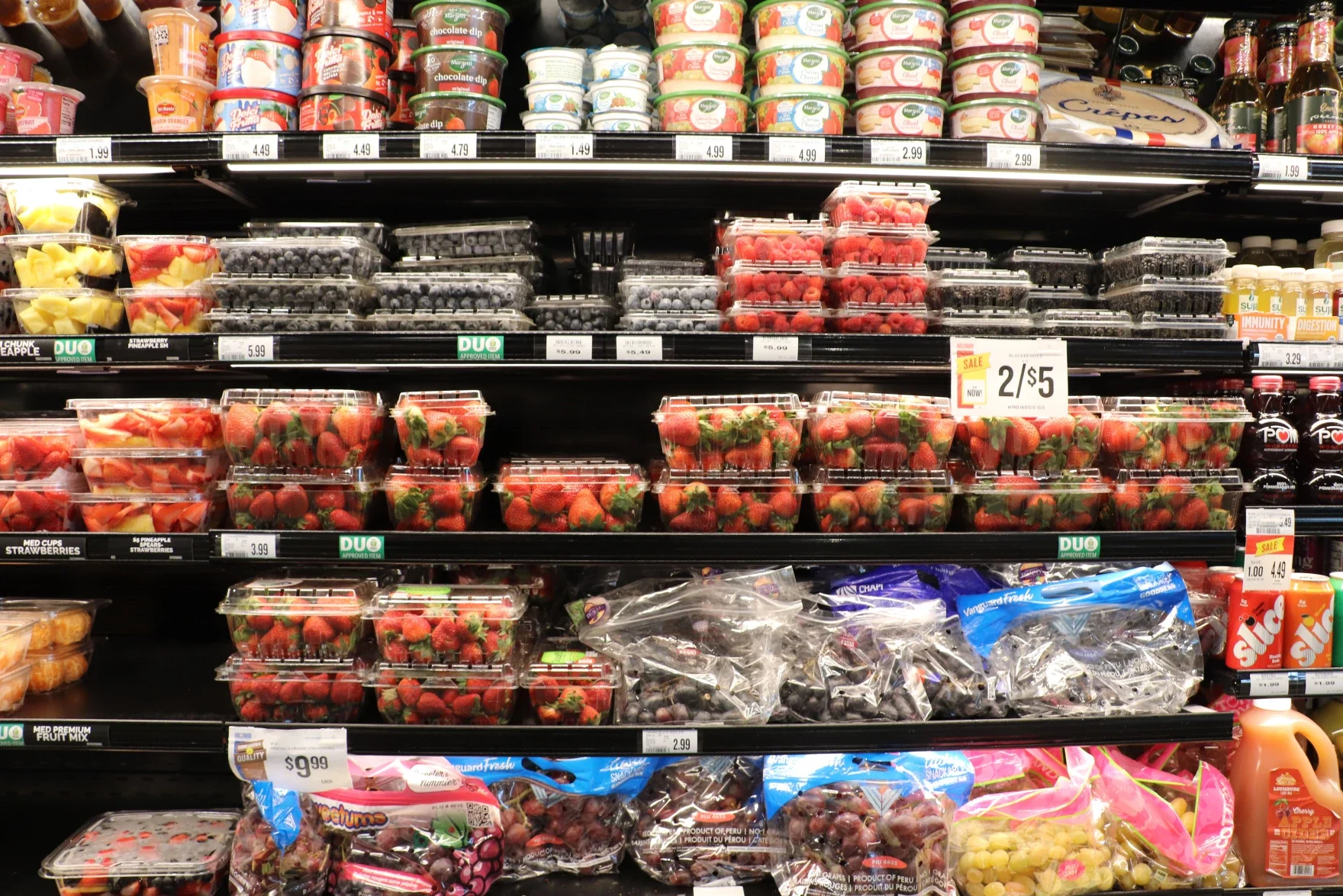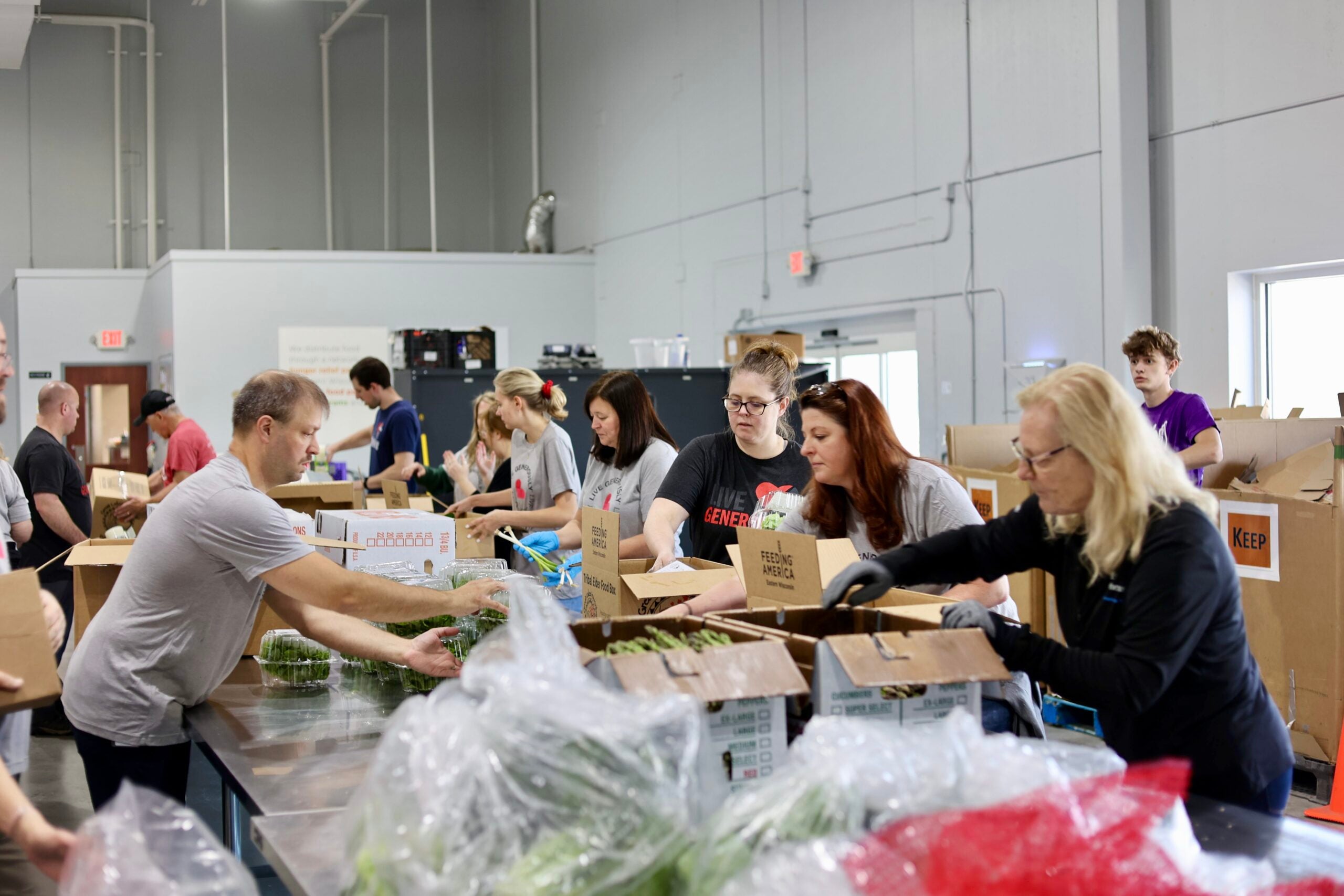With inflation pushing up the price of groceries, more people in Wisconsin are turning to food pantries for help. The cost of food at home has gone up 12.4 percent since this time last year, according to the Consumer Price Index.
Suzanne Becker is the executive director of Feed My People Food Bank, which serves 14 counties in west central Wisconsin. Rising costs have many people turning to the food bank for the first time, she said.
“Imagine if your family was just getting by before, and now all of a sudden, they’re having to pay so much more to fill up their car, or just to buy regular groceries,” she said. “We’re just seeing a real increase in families who have not ever had to ask for help before.”
News with a little more humanity
WPR’s “Wisconsin Today” newsletter keeps you connected to the state you love without feeling overwhelmed. No paywall. No agenda. No corporate filter.
Feed My People has seen a steady increase in clients throughout 2022, and expects to serve 18 percent more people this year than last, Becker said.
It’s a problem that food banks across the state and nationwide are experiencing.
Chris Kane is the senior director of client services at the Society of St. Vincent de Paul in Madison. Right now, the organization is serving about 2,400 people each month, he said. Before the pandemic, that number was closer to 1,500.
“Demand right now is as high as we’ve ever seen it,” he said.
The past few years have been a “rollercoaster” in terms of demand, said Kane. When the pandemic began in spring 2020, the need for food surged. But then in 2021, it fell to the lowest levels Kane can remember, which he attributes to the child tax credit that was a part of the American Rescue Plan and only in effect for the year 2021.
“That put money in the pockets of people that really needed it at the time,” he said. “And we saw food pantry usage actually at the lowest we’ve ever seen it.”
Now that the tax credit has ended, need has more or less doubled, Kane said.
The price increases hitting families are hitting the food banks as well, said Kane. In a normal month, the society would spend about $15,000 buying food to distribute. Now, they’re spending $25,000 to $30,000.
So while he said food drives are “great,” they only account for a small percentage of the food the society distributes. This is why monetary donations can go a long way, Kane said.
“I can most likely get a better deal buying in bulk than most people can at the grocery store,” he said. “So your money will go a little bit farther donating money, but we certainly appreciate both.”
Despite this year’s difficulties, Becker said anyone in need of food should reach out to their local food bank.
“If you know somebody who’s struggling, somebody who’s maybe never had to ask for help before, please call the food bank,” she said. “Come and get the help you need and hopefully move on to a better tomorrow.”
Wisconsin Public Radio, © Copyright 2025, Board of Regents of the University of Wisconsin System and Wisconsin Educational Communications Board.

